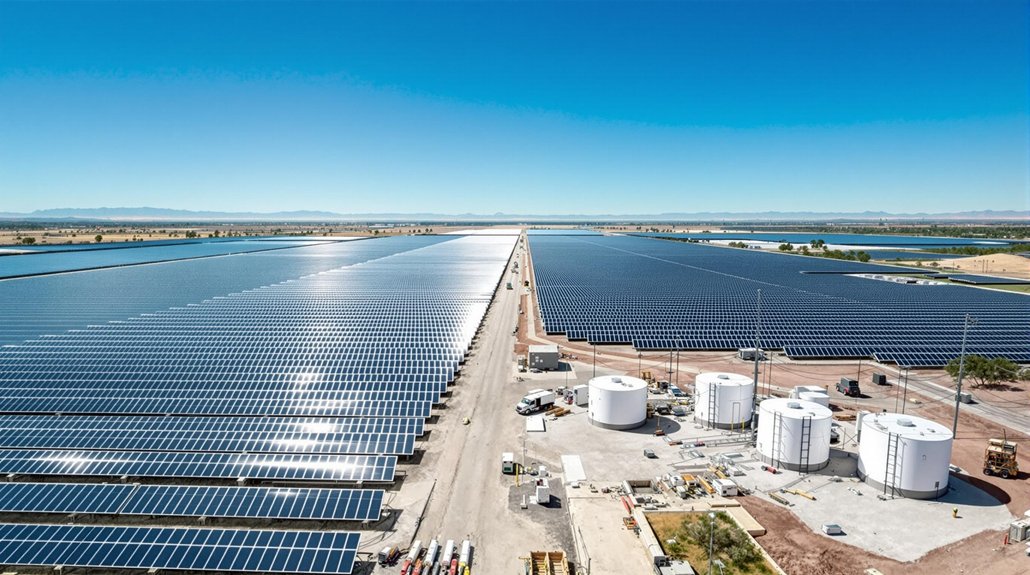The UK has reached a historic energy milestone as renewable sources now generate more electricity than fossil fuels. Low-carbon renewables account for 37% of UK electricity, surpassing fossil fuels at 35%. Wind power delivers 29% of the nation’s electricity, nearly matching gas at 30%. The government aims for 100% clean power by 2030, with offshore wind expected to meet half of demand. Significant planning reforms and investments support this green shift.
While fossil fuels have dominated the UK’s energy landscape for decades, a historic change is now underway. For the first time, renewable energy sources have overtaken fossil fuels in the UK’s electricity generation. Low-carbon renewables now account for 37% of UK electricity, while fossil fuels have dropped to 35%.
Wind power stands at the forefront of this transformation. In 2024, wind generated 29% of the country’s electricity, nearly matching gas at 30%. Wind actually produced more power than gas through the first three quarters of the year. Experts predict wind power will generate between 81 and 87 TWh by year’s end, with final totals depending on December wind speeds.
The UK government has set ambitious targets to support this change. They aim for 100% clean power by 2030, with 95% of electricity coming from low-carbon sources and no more than 5% from unabated gas. Wind and solar are expected to form the backbone of this new system. The government projects that offshore wind alone will meet approximately half of electricity demand by 2030.
To achieve these goals, planning reforms have been implemented. The National Planning Policy Framework now gives significant weight to renewable energy benefits and has removed provisions that threatened solar farm development. The government has allocated £100 million to help council planning departments handle the increased workload. This funding is expected to improve decision-making times for renewable energy projects. This transition is especially crucial as global temperatures have already reached 1.45 degrees Celsius above pre-industrial levels in 2023.
Changes to Nationally Significant Infrastructure Project thresholds have also been made. Solar farm and onshore wind thresholds have both increased to 100MW, reflecting technological advances since 2008. Arrangements will be in place for one year.
Solar farms continue to expand, with 43% of ground-mounted installations located in Southeast and Southwest England. While some worry about using agricultural land for solar panels, proponents argue that solar farms pose no threat to food security and can support multiple land uses.
Challenges remain in meeting the UK’s target of 70 GW of solar power by 2035. Current capacity stands at just 15.8 GW. Grid capacity and connection delays present significant barriers, with both the Environmental Audit Committee and Climate Change Committee warning that current deployment rates fall well short of targets.








